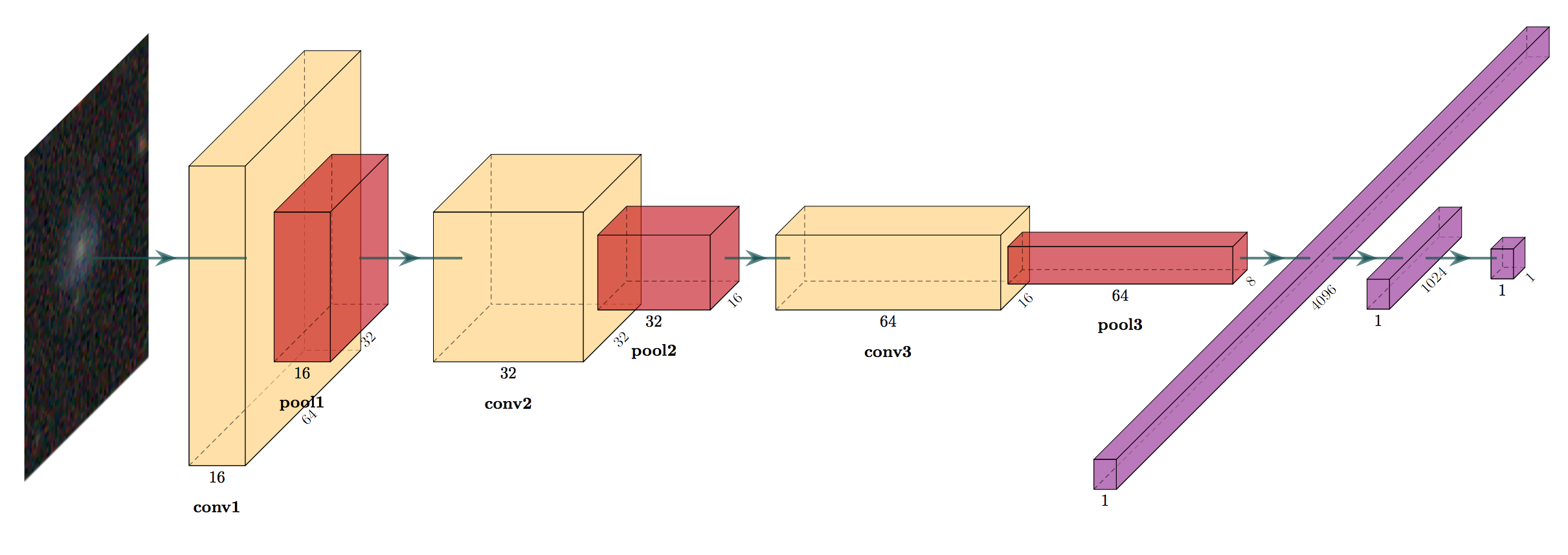Illuminating Low-Surface-Brightness Galaxies with the Hyper Suprime-Cam Survey
We present a catalog of extended low-surface-brightness galaxies (LSBGs) identified in the Wide layer of the Hyper Suprime-Cam Subaru Strategic Program (HSC-SSP). Using the first ${\sim}$200 deg$^2$ of the survey, we have uncovered 781 LSBGs, spanning red ($g-i\geq0.64$) and blue ($g-i<0.64$) colors and a wide range of morphologies. Since we focus on extended galaxies ($r_\mathrm{eff}=2.5$-$14^{\prime\prime}$), our sample is likely dominated by low-redshift objects. We define LSBGs to have mean surface brightnesses $\bar{\mu}_\mathrm{eff}(g)>24.3$ mag arcsec$^{-2}$, which allows nucleated galaxies into our sample. As a result, the central surface brightness distribution spans a wide range of $\mu_0(g)=18$-$27.4$ mag arcsec$^{-2}$, with 50% and 95% of galaxies fainter than 24.3 and 22 mag arcsec$^{-2}$, respectively. Furthermore, the surface brightness distribution is a strong function of color, with the red distribution being much broader and generally fainter than that of the blue LSBGs, and this trend shows a clear correlation with galaxy morphology. Red LSBGs typically have smooth light profiles that are well-characterized by single-component S\'{e}rsic functions. In contrast, blue LSBGs tend to have irregular morphologies and show evidence for ongoing star formation. We crossmatch our sample with existing optical, HI, and ultraviolet catalogs to gain insight into the physical nature of the LSBGs. We find that our sample is diverse, ranging from dwarf spheroidals and ultra-diffuse galaxies in nearby groups to gas-rich irregulars to giant LSB spirals, demonstrating the potential of the HSC-SSP to provide a truly unprecedented view of the LSBG population.
PDF Abstract